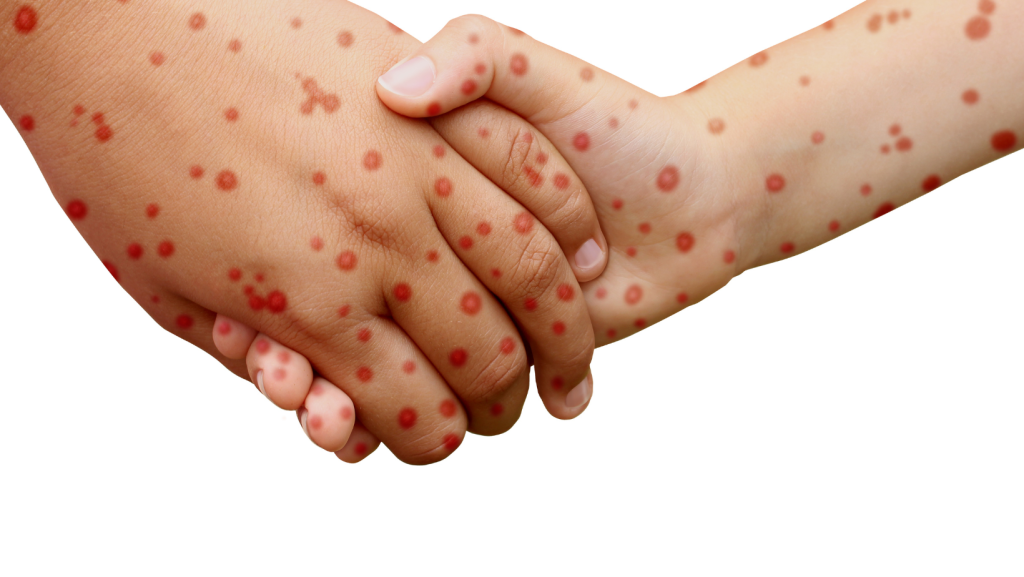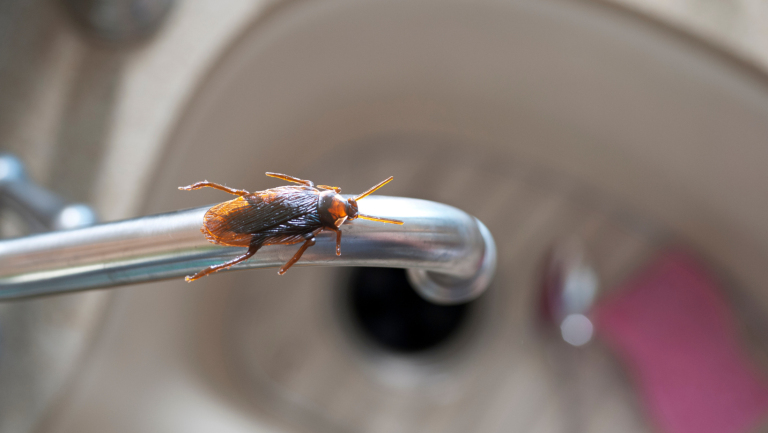Diseases from Mold and Their Remedies
Mold can affect people in different ways, and it often causes no symptoms at all. The following symptoms are common if you’re sensitive to mold. The symptoms may be more severe if you have a true mold allergy –
- Coughing
- Wheezing
- Nose stuffiness
- Red or itchy eyes
- Skin rash
- Sore throat
Particular molds may also cause an asthma attack in people with asthma, and increase breathing difficulty in those with a chronic respiratory disease. People with weakened immune systems may also be at higher risk of a skin or lung infection. Mold exposure may particularly affect children, as well.
What are the remedies for mold-induced diseases?
Treatment for mold allergies and exposure symptoms may include:
- Nasal sprays or rinses: Over-the-counter (OTC) nasal corticosteroids, such as fluticasone (Flonase), reduce airway inflammation caused by mold allergies. Shop for Flonase online. A solution of warm, distilled water and saline can also help rinse your nasal passages of mold spores and remove congestion.
- OTC Medication: Antihistamines, such as cetirizine (Zyrtec) or loratadine (Claritin), reduce your immune system response, minimizing airway inflammation. Shop for Zyrtec and Claritin online. Decongestants, such as pseudoephedrine (Sudafed), help keep down swelling due to allergic reactions.
- Montelukast (Singular): This oral medication reduces mucus in your airways, which decreases symptoms of both mold allergies and asthma.
- Allergy shots: Your doctor may recommend getting regular shots with small amounts of allergens to build up your body’s immunity to them over time.
- Immunotherapy: For individuals that have had severe exposure and have a weakened immune system, this treatment may be effective. In this series of allergy shots, the individual develops a natural resistance or tolerance for the allergen. There are only a few types of mold species where this can be used.
Lifestyle changes may also need to be made for an individual to recover from mold poison. The primary consideration is removing the source of the toxin, either through mold remediation and cleanup or by taking yourself out of the environment. If you have found mold in your home, don’t delay in having it removed.
With a serious allergy to the substance, it isn’t advised that you undertake the cleaning on your own. Professional help is advised if you want to thoroughly remove the contaminant without making the problem worse.
What are mold-related diseases? And what are their symptoms?
- Gastrointestinal distress (IBS, nausea, diarrhea, stomach cramps, etc.)
- Joint pain and weakness
- Sinusitis, sneezing, running nose, and asthma
- Headaches (including migraines) and brain lesions
- Chronic fatigue
- Shortness of breath
- Cognitive dysfunction (brain fog, slurred speech, and confusion)
- Hearing problem
- Rashes, hives, and bloody skin lesions
- Anxiety and depression
Who are the doctors who specialize in mold illness?
The symptoms of mold-related illnesses often vary by individual. Mold exposure affects people differently and may cause several systems in a person’s body. While some people may exhibit multiple symptoms, others may show few or none. There are countless stories of doctors giving patients one diagnosis after another because they do not know how to identify mold-related illnesses. Be informed about mold and your health. When you or a loved one is seriously ill, you do not want to rely on someone’s best guess. You need the most accurate diagnosis possible that is based on the latest information and testing.
Technology that can accurately detect mycotoxins in a person has only recently been developed. There are a small number of labs that do mycotoxin testing. For a complete list of doctors who specialize in diagnosing and treating mycotoxin-related illnesses, visit the American Academy of Environmental Medicine. Elimination and prevention of mold are the best methods to avoid mold-related problems.
Be proactive about mold and your health. Contact Stern Mold for a free consultation and mold treatment.

How long can you live in a house with mold?
Mold can grow whenever moisture remains on a surface for an extended period of time. Mold spores are harmless in their inactive form; but when they bond with the moisture on a humid wall, a flooded carpet or damp upholstery, they begin to undergo chemical changes and multiply. If left unattended, the original mold spores can develop into a large colony, potentially endangering the health of people who breathe in the spores.
When trying to determine how long a person can safely live in a moldy house, it is first important to determine the individual sensitivities of the individuals involved.
In general, a person can live in a mold-infested house for several years although some people may experience severe discomfort. For example, if you suffer from asthma or mold allergies, you may have frequent asthma attacks or painful allergy symptoms, such as dark rashes, severe itching, sneezing, and general discomfort. If you have a strong immune system and no mold sensitivities, you may notice no symptoms whatsoever.
How long does it take for black mold to kill you?
It varies from person to person and depends on how their body will react to the presence of black mold in the house. As black mold has a distinct odor and can cause various types of allergies, some people may discover health issues within a day, while others may get affected in a few months.
Calculating the exact span in which the mold can have an effect on humans is a bit difficult.
Can mold exposure kill you?
In the vast majority of cases, exposure to toxic mold is not life-threatening. It’s definitely not good for you, and in certain situations, it can be quite harmful. Most mold spores are not like carbon monoxide or arsenic, though. You absolutely should not stick your face in a patch of mold and inhale deeply, nor should you eat food that has visible mold growing on its surface. But if you discover mold in your shower pan or air conditioning filter, you don’t necessarily have to start getting all your earthly affairs in order.
With that said, common types of household mold have been linked to certain health problems in humans (and pets). Although there may be a connection between household mold and severe health problems like organ damage, immune system suppression, olfactory impairment, and even cancer, the more frequently seen issues are significantly less scary. It’s also worth mentioning that different types of molds release different strands of mycotoxins, which means that not everyone who has some kind of mold in their home will deal with the same symptoms.
Don’t make the mistake of assuming that mold can’t be what’s making you sick simply because you’re currently only feeling chronic fatigue and not respiratory issues.

Can black mold kill you?
Stachybotrys chartarum has known colloquially as “black mold,” is a specific kind of mold that often grows in houses or office buildings. And over the years, the stuff has become a “boogeyman” of sorts, with homeowners and landlords being absolutely terrified by the prospect of finding black mold somewhere on their property.
However, the biggest danger of black mold comes from the fact that it’s more closely associated with mold-related maladies than other types of hostile fungus. In other words, the health conditions caused by black mold exposure may hit a person significantly harder than they would if the same person was exposed to a different species of mold. It’s this increased risk of negative health effects that makes black mold so hazardous.
The increased risk is also why black mold removal should only be undertaken by professional mold remediators with access to heavy-duty equipment and safety gear.
What happens if you drink/eat mold?
Mold growth in food and fluids is a normal and common biological process. And some molds are quite tasty – like blue cheese, brie, and gorgonzola.
Unfortunately, not all molds are tasty – or healthy. But luckily, swallowing a few sips or bites of a moldy item typically isn’t a big deal thanks to stomach acid, which is strong enough to kill most pathogens. Some may notice transient GI upset – nausea, cramping, and diarrhea – but most who’ve imbibed a moldy mélange will notice nothing.
If you have a compromised immune system, however, and suffer unrelenting vomiting or diarrhea, worsening abdominal pain, tenderness of the abdomen, and fever and chills, a trip to the doctor or urgent care may be in order.
When should you go to the doctor?
If your cold or flu-like symptoms persist, it may be time for a trip to the doctor. Even if you aren’t aware that mold could be causing your issues, a doctor may be able to make the correlations between your symptoms and CIRS. There are a number of more serious side effects of mold exposure that the doctor may ask if you’ve experienced. These include –
- Confusion and disorientation
- Chronic weakness and fatigue
- Headaches
- Cognitive delays and difficulties
- Hypersensitivity to bright lights
- Lightheadedness and vertigo
- Asthma or chronic respiratory conditions
- Joint pains, cramping, or muscles aches
Though your primary care physician is the place to start for an initial examination and consult for your symptoms, you may be referred to an allergist.
How to prevent a mold relapse?
Mold spores can be found just about anywhere, whether inside or outside. However, you can take preventative measures to ensure they don’t breed into larger, toxic colonies. If there are water leaks in or around the house, have them repaired immediately. Dark, wet environments and plenty of organic material create the perfect home for mold growth. Keep your attic and basement or crawl space dry and free of moisture.
Consider bringing in an environmental professional and having an ERMI mold test done every so often to evaluate your home for the presence of mold. There are DIY kits that can be purchased, but these results aren’t always accurate.







